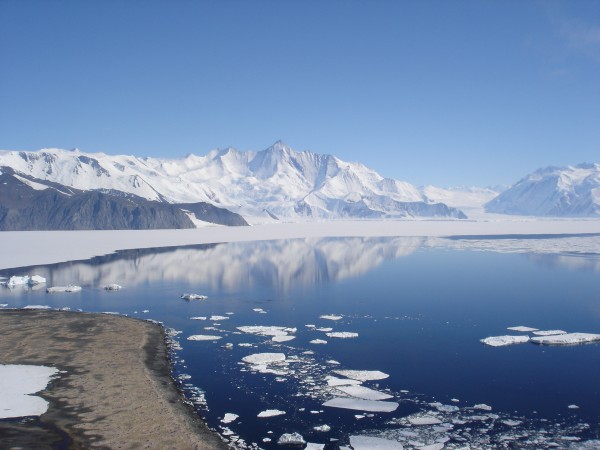New study says Arctic and Antarctic regions may have climatic link-ups
Montana State University – A paper recently published in the April 30, Scientific Journal, Nature has reported that the Arctic and Antarctic regions may have a climatic association. The paper co-authored by a polar ecologist, John Priscu says that the climatic changes in the region of the Arctic can influence the climate in the Antarctic region.
It means if there are any sudden temperature changes in the North Pole, the changes also take place in the temperature of the South Pole.
The study was carried out on the inverse climate relationship between the North and the South Poles. It revealed some very important information about the climate changes. The information has provided the researchers a new viewpoint about the relationships of the Poles with the global climate.
It is expected to help the researchers evaluate how the climate of our planet will respond to increased carbon dioxide levels in the atmosphere.
John Priscu is the head of the 28-man team of researchers and engineers and a professor of MSU’s Department of Land Resources and Environmental Sciences College of Agriculture. The team included engineers, scientists and researchers from all over the United States.
The research was carried out by digging ice core samples from the WAIS Divide, an area in the West of Antarctica. This area receives annual snowfall, is covered by thick ice and simple ice flow.
Annual Snowfall Traps Debris
Due to specific atmospheric conditions whenever there is a snowfall in the WAIS Divide it does not melt. It leads to the formation of thick ice layers on the surface, which is further compressed due to subsequent snowfall. These compressed ice sheets trap atmospheric gases, chemicals, microbes, dust and ice. These samples when studied reveal how the atmospheric conditions were in the past.
The researchers dug 11,200 feet deep in the Antarctic to get the core ice samples and compared its data with the ice cores from the Arctic’s Greenland. The analysis revealed that the climate changes of both Arctic and Antarctic regions were associated with each other.
